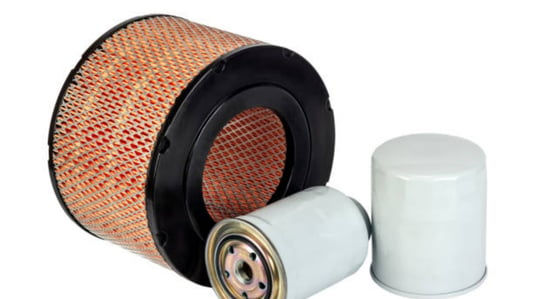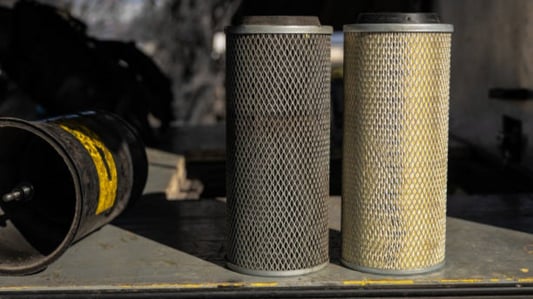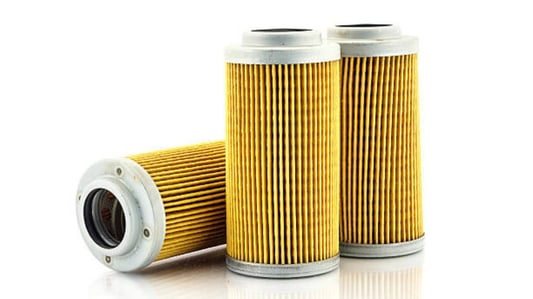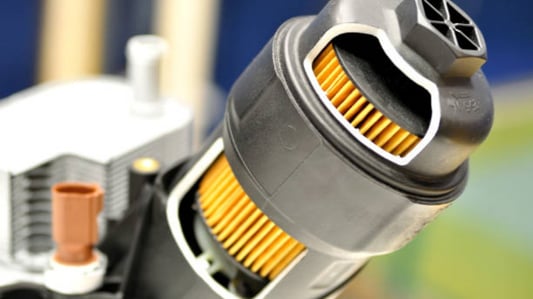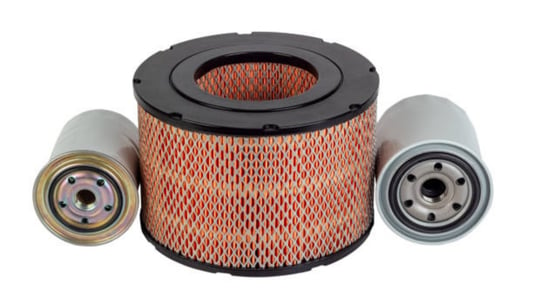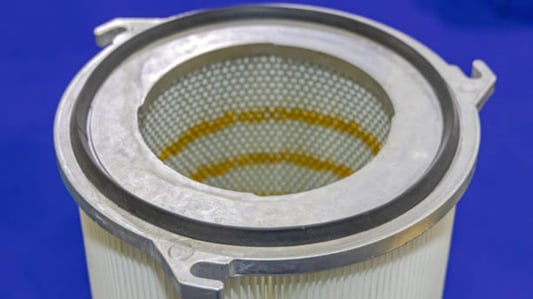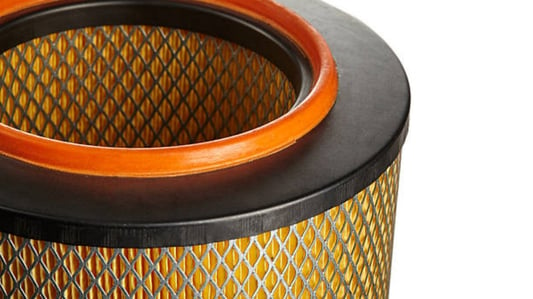IntroductionAre you looking for a reliable source of oil filters for your vehicle or machinery? Choosing the right oil filter supplier is essential for the proper functionality and longevity of your equipment. In this article, we will explore the various factors that you should keep in mind when selecting a supplier.Quality and PerformanceThe most important consideration when selecting an oil filter supplier is the quality of their products. Look for suppliers that offer high-performance filters, capable of trapping even the smallest contaminants. compair oil filter suppliers, for example, offer a wide range of filters designed to operate under varying conditions and requirements.Cost-Effective SolutionsWhile quality is vital, budget constraints must also be taken into consideration. Choose a supplier that offers competitive prices, but be sure to weigh cost against quality. Some suppliers may offer cheaper alternatives, but they may not meet the required filtration standards and may lead to engine damage.Product Warranty of the Right Oil FilterBefore choosing a supplier, verify their product warranty. Should anything go wrong with the filter, the warranty ensures that you are covered for a specified period. A supplier with a strong warranty is an indication of their confidence in their product's quality.Distribution and Availability of the Right Oil FilterA reliable oil filter supplier should have an extensive distribution and supply network. This ensures that the filters are available when you need them, wherever you are. CompAir oil filter suppliers have a vast distribution network, ensuring that their products are available across the globe.Compatibility and Fit of the Right Oil FilterYou must choose an oil filter supplier that offers filters that are compatible and fit your equipment. While many filters may be labeled fit-for-all, they may not work optimally with your equipment. It is best to choose a supplier that offers filters specifically designed for your equipment type and model.Certifications and StandardsCheck if the supplier is certified by relevant regulatory bodies such as ISO. This ensures that the supplier meets the necessary standards for manufacturing and supplying filters. CompAir oil filter suppliers are ISO certified, ensuring their products' quality and reliability.Technical SupportHaving a supplier that offers technical support is vital, especially in case of any issues or problems that may arise. Choose a supplier that has a technical support team ready to assist you with any concerns regarding their products.Product VarietyChoose a supplier that offers a broad range of filters suitable for different equipment and purposes. This allows you to get all your filters from a single supplier, making ordering and managing them more manageable.Customer Reviews and FeedbackFinally, before choosing an oil filter supplier, research customer feedback and reviews. These reviews will provide you with insights into the supplier's quality and reliability. CompAir oil filter suppliers have consistently received positive reviews for their superior quality filters and reliable service.Quote InquiryContact us!


